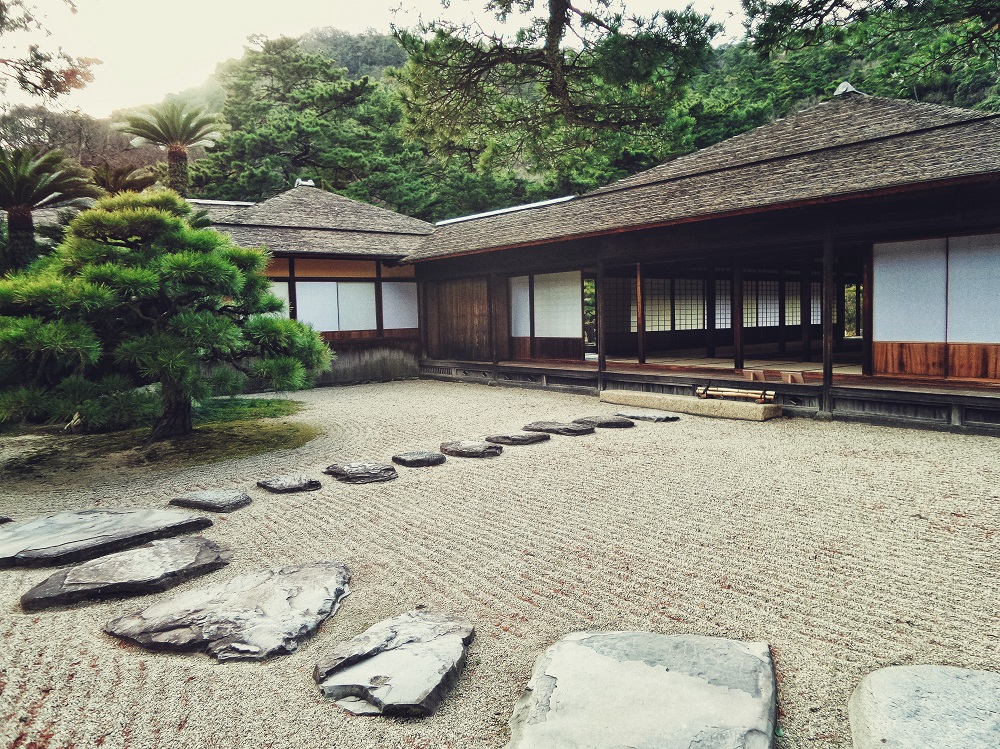After its defeat in 1945, Japan was facing the tremendous challenge of a painstaking economic recovery. But within a few decades, Japan was showing signs of unusually rapid development.
Post-war economic reforms were giving industrial outputs a much-needed boost during the 1950s. Then throughout the 1960s all the way to 1991, Japan’s economy was performing extremely well and saw the rise of major companies that would alter various facets of everyday life, from the automotive industry to the electronics industry.
Even though growth started to level off and stagnate at the start of the 1990s, Japan’s relatively quick post-war bounce back serves as a good example for how economies can recover after a major disaster.
What lessons can be gleaned from Japan’s resilient example?
Innovate or perish
During the 1950s, nobody would have accurately predicted that Japan would become a leader in automobile production.
Japan knew that taking on the likes of Volkswagen and BMW was essentially competing against their established high-quality standards, which were firmly embedded in the hearts and minds of consumers.
For Toyota, this was almost an impossible task. What did the company do? They focused on optimizing the production process in order to make reliable, humbly-styled, and affordable cars. Toyota repair and maintenance was and continues to be straightforward and accessible.
In effect, Japanese companies set themselves apart from the competition, which were producing cars that had a stylistic flair, but were more expensive and difficult to maintain long-term.
Awareness and willingness to push national interest forward

No matter what industry you’re a part of, every Japanese company is expected to develop and articulate its business goals with national interests in mind. While this may seem too ideal and patriotic, it is not expected for companies to follow this concept perfectly.
However, what does matter is the recognition that big major companies, with all their power and influence, pledge to the general idea of collective national effort. By committing to a sense of national unity, industries gained the respect and support of policymakers much more easily.
For the government, it’s more convenient to get behind the efforts of say, Sony or Panasonic, if there is alignment in key priorities that could affect the public interest.
And during those post-war decades, the public interest was to ensure there were jobs, stability, and sustained economic growth.
Build relationships with competitors and other stakeholders
Each industry is composed of hundreds of companies, associations, general and special interest groups, and everything in between. Japanese business leaders spend a lot of time in cultivating relationships with their industry peers, competitors, and even stakeholders from other sectors.
What is the point of these formal and informal gatherings? Not to solve a specific problem or talk business, but to gain a mutual understanding of each other — whether or not one likes or agrees with another.
If one could gain a better understanding of the world view and thought process of these influential corporate officials and government bureaucrats, it might indirectly translate to an important business or policy insight.
Ultimately, the relationships with key stakeholders around them enabled Japanese industries to exercise foresight, better allocate resources, and learn from others’ mistakes.
Looking to the future
There are more lessons to be gained from the Japanese success story. While Japan’s economic growth nowadays isn’t what it used to be, it would be foolish to write the country off and not expect a comeback some time soon.


